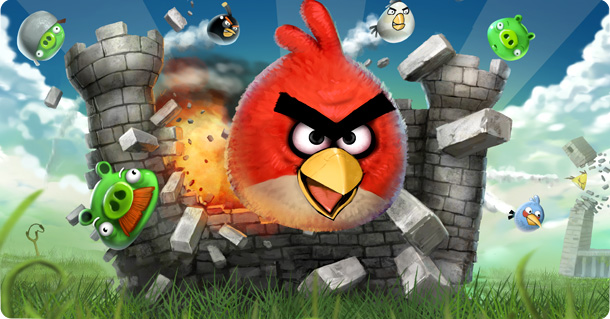A Brief History of iGaming Apps

Mobile gaming apps have come a long way since the first version of Nokia’s iconic Snake game appeared on our screens two decades ago. While game apps have always proven popular among phone users, few people could’ve predicted even ten years ago that mobile gaming would become one of the most in-demand and lucrative sectors in the entire entertainment industry.
Mobile games now generate a whopping $36 billion in annual revenue and are played regularly by about one-third of the entire population of the Earth. Much of this revenue is driven by so-called ‘iGaming apps‘ – games that allow smartphone users to play online.
Although a relatively recent mass phenomenon, they now dominate the global gaming market. Here’s how iGaming apps have developed over the course of the past decade.
Pre-Smartphone iGaming
Mobile gaming has existed in some form since the very first cellphones were manufactured. While we’re all familiar with early versions of Tetris and Snake, people are less aware of how iGaming functioned prior to the release of the first major smartphones.
The truth is that, while online mobile gaming was technically possible, there wasn’t much that players could actually do online. The 2005-2008 period saw a number of manufacturers release “high-end” phones that could handle more sophisticated games, such as the Sony Ericsson Cybershot and the ill-fated Nokia N-Gage.
The most popular gaming titles for these did indeed represent new frontiers for mobile gaming, with Prince of Persia, Buffy the Vampire Slayer and the Mario Kart release for the N-Gage all blowing competitors out of the water. However, the ‘iGaming’ aspect of all of these titles was just the ability to share your results and wins online via a leaderboard. The ability to connect with other players online via mobile wasn’t quite there yet.
How the iPhone Changed Everything
Flash forward to 2007 and everything changes. The release of Apple’s first ever iPhone, as well as the opening of the iOS app store, sparked a global iGaming arms race as millions of people suddenly could afford to access online gaming from their cellphones.
Other phone manufacturers soon followed suit and mobile iGaming quickly became the norm. The range of genres now is staggering. Players can enjoy entire open-world MMORPGs on their phones, with popular titles such as AdventureQuest 3D almost matching up with console games in terms of capability.
Likewise, people can now use their phones to play globally popular games such as lotteries and scratchcards, with the Lottoland Lotto app being just one example of how far iGaming apps have progressed in the last few years.
Virtually every gaming app, from Angry Birds to Candy Crush has a strong online component and connectivity is now just as important as graphics when designing a game.
New Frontiers
Even with the past two or three years, iGaming apps have made immense progress. The release of landmark titles such as Pokemon Go! opened up a new sector for AR gaming, with developers rushing to take advantage of smartphone camera technology to create new gaming experiences.
VR is also taking centre stage, with iGaming apps now allowing players to use their phone as a dedicated VR console. Virtual reality iGaming releases such as the Adventure Time VR game and Vanguard V (iOS only) have proven to be high-selling and profitable paid games, meaning that we can expect to see a lot more like them in the future.
The capabilities of iGaming apps are increasing with every passing day. It may soon be the case that your standard iPhone game offers the same experience as a leading console. Only time will tell but the gap between the two platforms is rapidly growing smaller.
Discover more from Tech Digest
Subscribe to get the latest posts sent to your email.

